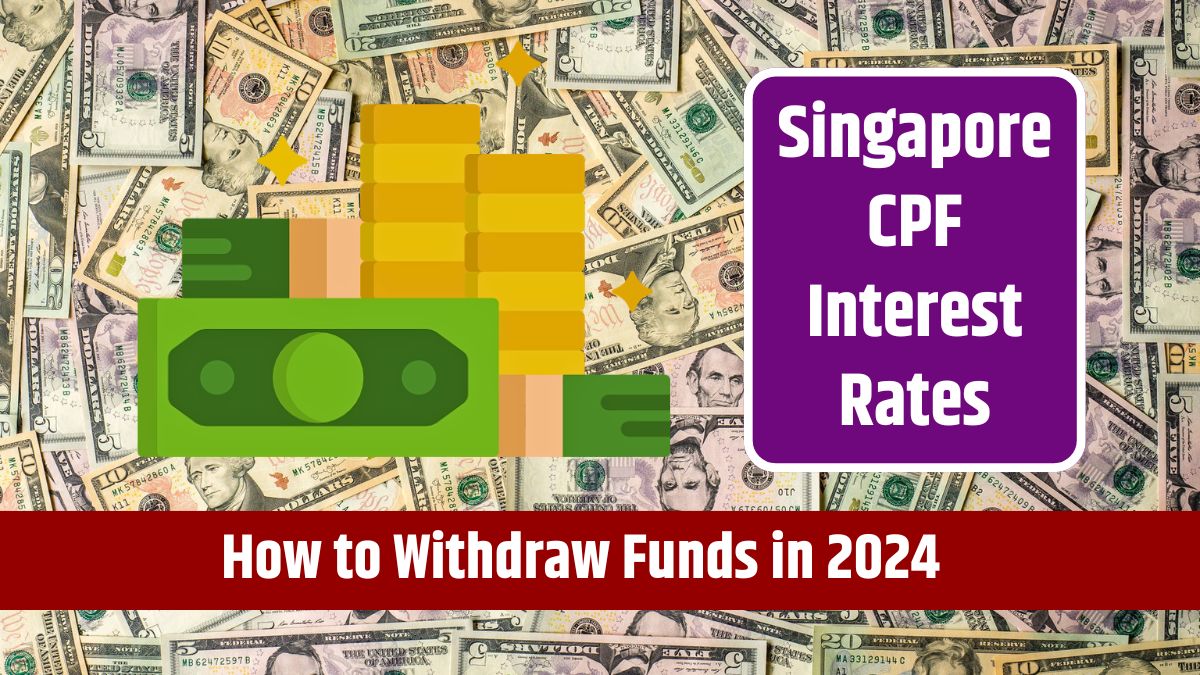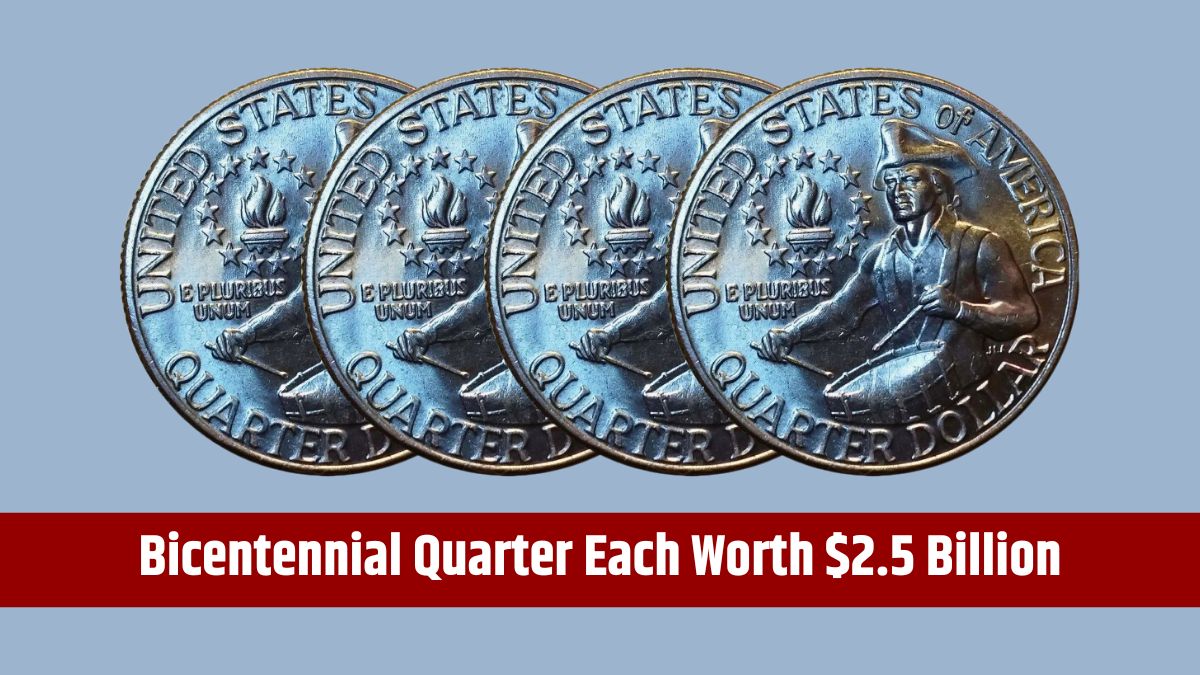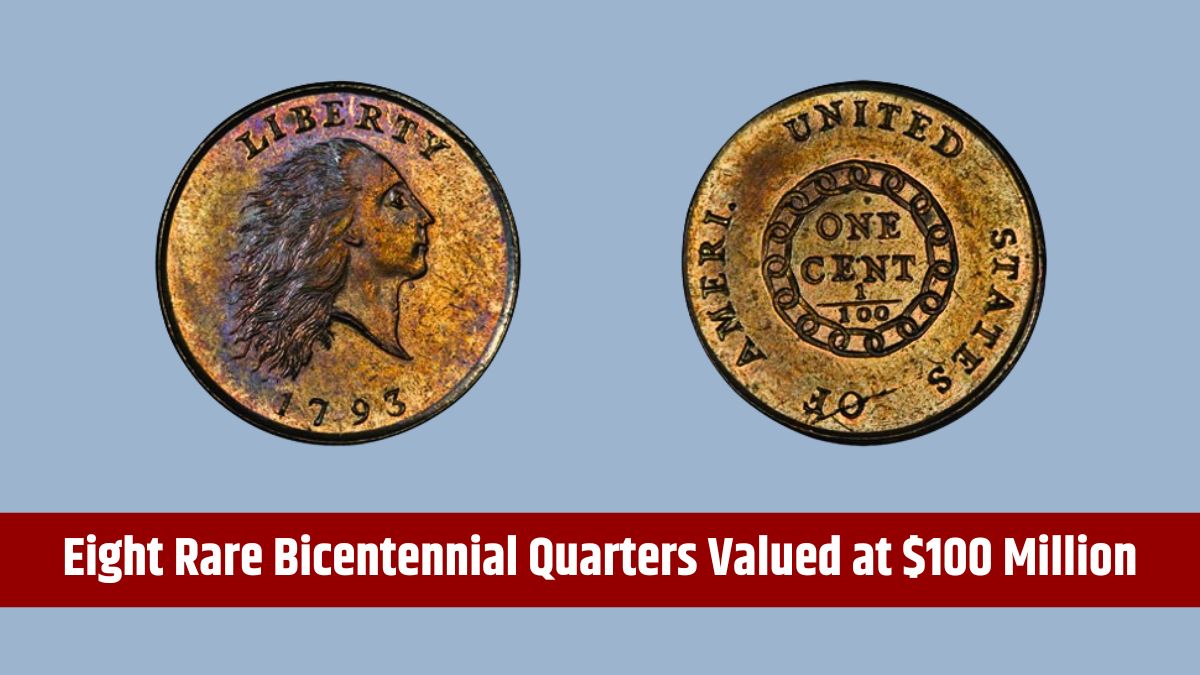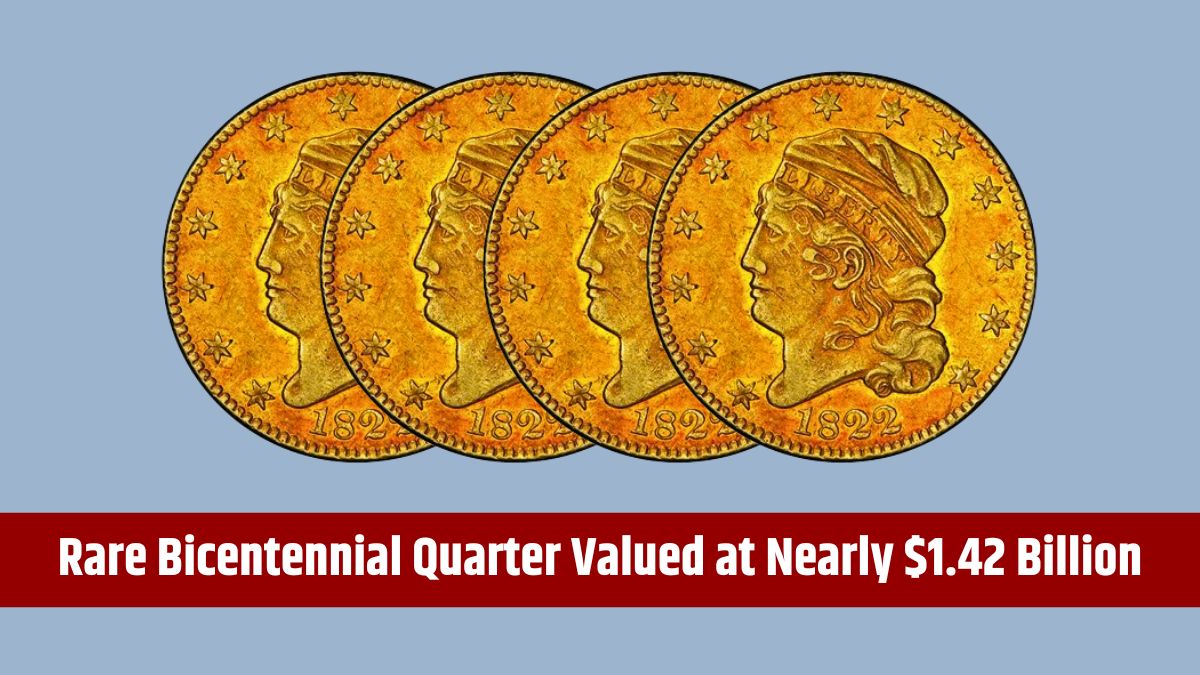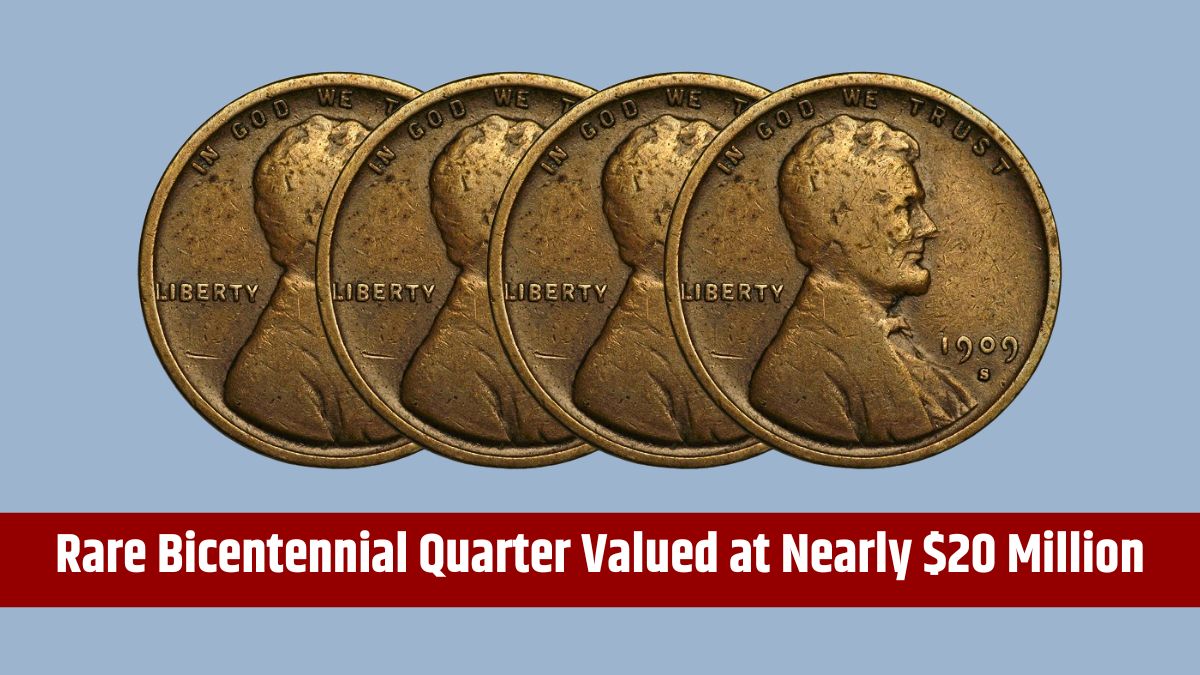The Central Provident Fund (CPF) is a key component of Singapore’s retirement planning system, providing citizens with a secure way to save for their future. The CPF Interest Rates for 2024 have been adjusted to enhance retirement savings, offering improved financial support for both low- and high-income earners. This article provides an overview of the CPF Interest Rates for 2024, including contribution limits, how to withdraw funds, and the minimum and maximum retirement sums.
CPF Interest Rates
The Singapore government has made several modifications to the CPF interest rates for 2024 to help citizens boost their retirement savings. These changes include increased interest rates for various CPF accounts and additional contributions from the government to support low-income earners.
Updated Interest Rates
- Ordinary Account (OA): The interest rate for the OA is set at 2% per annum for the first quarter of 2024. This rate is based on the average interest rates of major local banks over the past three months. Previously, the OA interest rate was 0.66%, marking a significant increase.
- Special Account (SA) and MedSave Account: The SA and MedSave accounts have a current interest rate of 4.12%, slightly up from the previous year’s 4.08%. These rates are revised quarterly and are calculated based on 12-month average yields of the Singapore Government Securities (SGS). Additionally, an extra 1% interest is added to the first $60,000 of combined CPF balances to further enhance savings.
- Retirement Account (RA): The RA interest rate is slightly lower than the SA and MedSave rates, set at 4% for 2024. This is part of the government’s strategy to encourage younger workers to actively contribute to their retirement savings.
Government Contributions
In addition to the regular interest rates, the government provides an additional 1% interest on the first $60,000 of a member’s combined CPF balances. This bonus interest is aimed at helping citizens, especially seniors, grow their retirement savings faster.
CPF Contribution Limits
CPF contributions are determined by the individual’s annual income and the government’s additional allowances. For those enrolled in the CPF Life Scheme, the combined balance, including contributions to the CPF Life, is crucial for determining the benefits they will receive.
Contribution Details
- Ordinary Account (OA): Contributions to the OA are used for housing, education, and insurance, with the interest rate set at 2% per annum for the first quarter of 2024.
- Special Account (SA) and MedSave Account: Contributions to these accounts are primarily for retirement and healthcare needs, with interest rates around 4.12%. These accounts offer higher returns due to their longer-term nature.
Contribution Thresholds
For 2024, the monthly Ordinary Wage Ceiling, which is the maximum amount of ordinary wages that attracts CPF contributions, is set between SGD 6,000 and SGD 102,000. This range ensures that CPF contributions are proportionate to income levels, helping to balance retirement savings with current financial needs.
How to Withdraw
CPF members can withdraw their savings upon reaching the age of 55, subject to certain conditions. Here’s how the withdrawal process works:
Withdrawal Procedure
- Eligibility: Members must be 55 years or older to apply for withdrawal. They can withdraw the amount above their Retirement Sum, which is retained in their Retirement Account to provide lifelong monthly payouts.
- Application Form: The withdrawal application form is available on the CPF official website. Members must fill out all required details accurately.
- Partial Withdrawals: Members do not need to withdraw their entire balance. They can specify the amount they wish to withdraw in the application form.
- Account Verification: Before submitting the application, ensure that personal details and contact information are up to date.
- Face Recognition Verification: Applicants must verify their identity using the Singapore Face Recognition software integrated into the withdrawal process.
CPF Retirement Sums
The CPF Minimum Sum and Maximum Sum set the benchmarks for retirement savings, ensuring that Singaporeans have sufficient funds to support themselves during retirement.
Retirement Sums
- Minimum Retirement Sum: SGD 102,900
- Full Retirement Sum: SGD 205,800
- Enhanced Retirement Sum: SGD 308,700
These sums represent the amount required to ensure a steady monthly payout from the CPF Life Scheme, which provides retirees with a secure income for life.
Contribution Limits
The CPF contribution limits are also tied to the retirement sums. For 2024, the maximum CPF contribution rate is linked to the wage ceiling, ensuring that higher-income earners contribute more to their retirement savings.
The CPF system is a cornerstone of retirement planning in Singapore, offering citizens a reliable way to save for the future. With the updated interest rates, contribution limits, and withdrawal procedures for 2024, Singaporeans can better manage their retirement savings to ensure financial security in their later years.
FAQs
What is the interest rate for the CPF Ordinary Account in 2024?
The OA interest rate for the first quarter of 2024 is 2% per annum.
How much can I withdraw from my CPF at age 55?
You can withdraw the amount above your Full Retirement Sum.
What is the Full Retirement Sum for 2024?
The Full Retirement Sum for 2024 is SGD 205,800.
How is the CPF interest rate calculated?
Interest rates are based on average local bank rates for the OA and SGS yields for the SA and MedSave accounts.
Can I partially withdraw my CPF savings?
Yes, you can specify the amount you wish to withdraw when applying.

